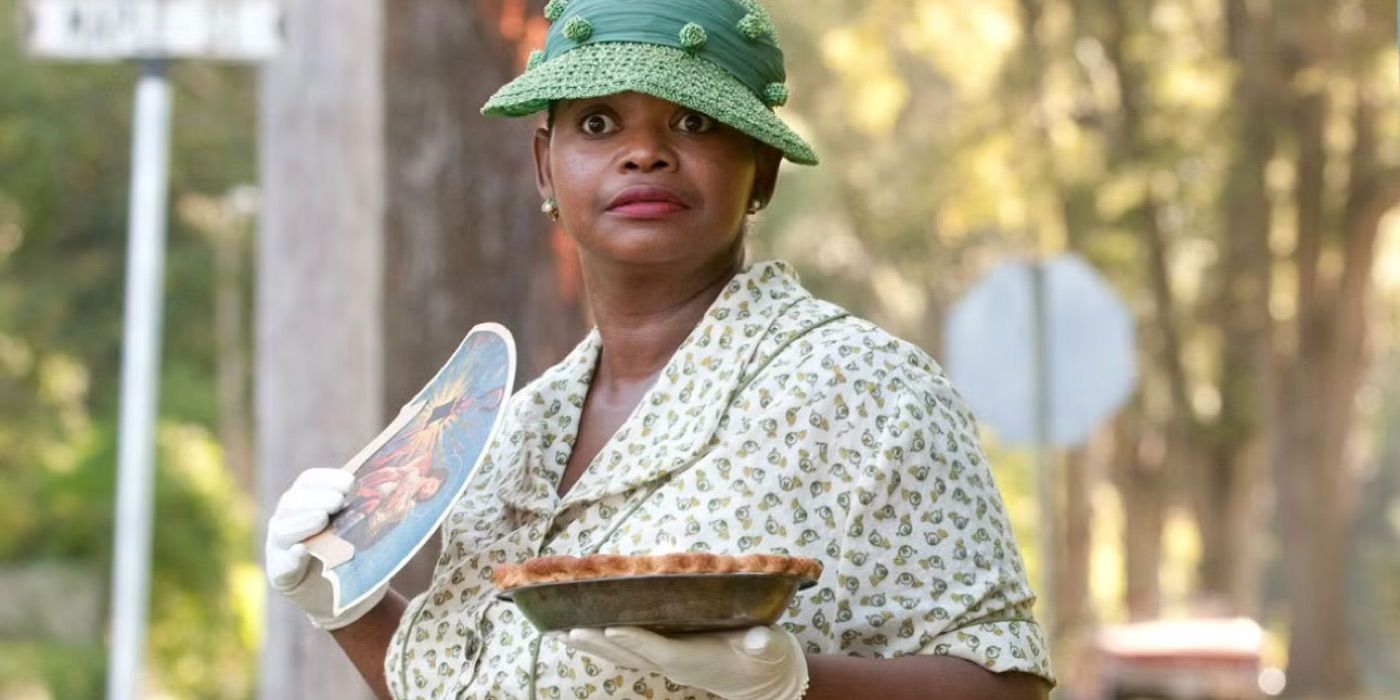Poker isn’t just about winning – it’s about playing the game the right way. And if you want to play poker the right way, you need to know the basics. That’s why we’ve put together this quick and easy 8-step guide to playing poker. You can refer to this handy guide whether you’re playing in casinos or online.
Step 1: Learn the hand rankings
This is the essential step for any new player. You need to learn the hand rankings before thinking about playing the game. They are as follows:
- High card – the card in one’s hand with the highest rank.
- Pair – two cards of similar rank; called two pair when there are two.
- Three and four of a kind – similar-ranking cards that are as many as the number in question.
- Full house – a pair and a three-of-a-kind
- Straight – five cards whose ranks are in order (example: 2-3-4-5-6)
- Flush – five cards that are in the same suit
- Straight flush – five cards that are in order and of the same suit and consecutive rank
- Royal flush – best hand in the game, it’s a straight flush of the ace, king, queen, jack, and 10.
Step 2: Know the betting rules
Aside from hand rankings, another set of rules on how to play poker you must learn is the betting rules. The basic principle is simple – each player gets two cards, and then there’s a betting round. After the first round of betting, three more cards are dealt (the flop), and another round of betting. Then two more cards are dealt (the turn and the river), and there’s one final round of betting.
The player with the best hand at the end of the final round of betting wins the pot.
Step 3: Understand the concept of pot odds
Pot odds is essential in poker, and it’s one that you need to understand if you want to be a successful player.
Put simply, pot odds is the ratio of the size of the pot to the size of the bet. For example, if the pot is $100 and the bet is $10, the pot odds are 10-to-1.
The concept of pot odds is essential because it helps you decide whether or not to call a bet. If you feel like you have the best poker hand, call the bet; if you’re not confident, then fold.
Step 4: Play in position
Position is a fundamental concept in poker games. Put simply, the position is your place at the table in relation to the dealer. The dealer is in the best position because they act last; the player in the small blind is in the worst position because they act first.
Why is position important? Because it gives you an advantage. When you’re in position, you have more information than your opponents. You know what they’ve done before you have to decide. And that gives you a significant advantage.
Step 5: Manage your bankroll
Pixabay/PublicDomainPictures
Bankroll management is one of the most important skills a poker player can learn. Put simply, your bankroll is the amount of money you have to play with. And you need to manage it carefully if you want to be a successful player.
There are two things you need to consider regarding bankroll management. First, you must ensure you don’t put too much of your bankroll into any game or tournament. Second, you must ensure you give yourself enough room to weather the inevitable downswings.
A good rule of thumb is never to risk more than 5% of your bankroll in any game or tournament. So if you have a $100 bankroll, you shouldn’t be betting more than $5 on any one hand.
Step 6: Understand poker etiquette
Poker is a social game, so it’s essential to know the etiquette. Being respectful to other players, neatly stacking your chips, and betting accordingly are just some things you must observe.
Step 7: Learn basic strategy
There’s a lot to learn in poker, but you don’t need to know everything at once. Start by learning some basic strategies, and then gradually add more advanced concepts as you become more comfortable with the game.
Some essential strategy tips:
- Play tight – only play strong hands
- Don’t bluff too often – only bluff when you know you have a good chance of winning
- Don’t overvalue your hand – know when to fold
Step 8: Practice, practice, practice
The only way to get better at poker is to practice. So find a friend or two who are also interested in learning, and start playing. You can also play free poker online or for real money.
Once you’ve put in some practice, you’ll be surprised at how quickly your skills improve. Soon you’ll be playing like a pro!
Become a poker pro one step at a time
There you have it – the 8-step guide to playing poker. We hope you found it helpful! Keep these things in mind and continue practicing. You’ll be a much better poker player in no time. So, what are you waiting for? Create an account on GGPoker, a safe, convenient, and great place to play poker online, and start playing today!
You can view the original article HERE.


















![Samsung Galaxy Watch 3 Review [2022 Update] – Should You Buy it? Samsung Galaxy Watch 3 Review [2022 Update] – Should You Buy it?](https://entertainmentworldnews.com/wp-content/uploads/2022/03/unnamed-1-203x150.jpg)












:quality(85):upscale()/2024/10/23/805/n/1922564/3c7878ba67193e463ea470.81388103_.png)